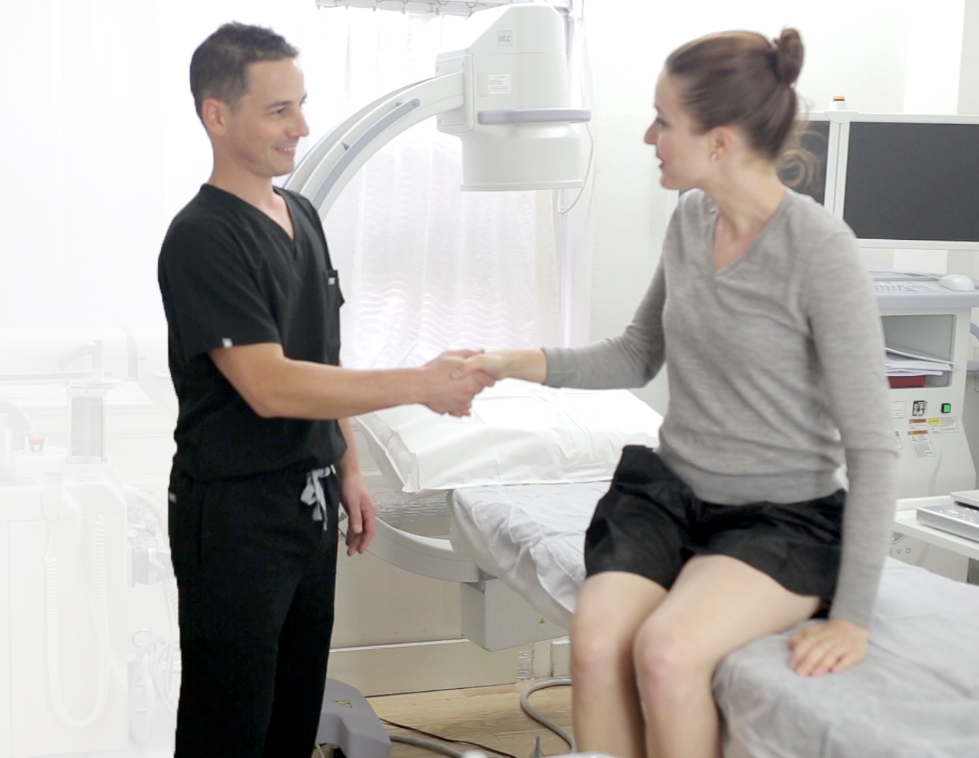Hair loss can be a distressing experience, affecting self-esteem and confidence. Understanding its causes is essential for finding effective treatments. Sydney, known for its medical advancements, offers various solutions, including hair transplants.
This post looks into the common causes of hair loss and provides insights on when to consider a hair transplant in Sydney. With the right information, making informed decisions about hair restoration becomes easier and more effective.
Common Causes of Hair Loss
Genetic Factors
Genetics play a significant role in hair loss. Androgenetic alopecia, commonly known as male or female pattern baldness, is hereditary. It affects millions globally and is the leading cause of hair loss. This condition can start as early as the late teens or early twenties, progressing gradually over time.
Hormonal Changes
Hormonal imbalances can lead to hair loss. Conditions such as pregnancy, menopause, thyroid disorders, and polycystic ovary syndrome (PCOS) can disrupt hormone levels, causing hair thinning or shedding. Managing these hormonal issues often helps in mitigating hair loss.
Medical Conditions
Certain medical conditions contribute to hair loss. Alopecia areata, an autoimmune disorder, causes hair to fall out in small patches. Scalp infections like ringworm and diseases like lupus can also result in hair loss. Early diagnosis and treatment are crucial for managing these conditions effectively.
Nutritional Deficiencies
A balanced diet is vital for healthy hair. Deficiencies in essential nutrients such as iron, zinc, and vitamins (especially Vitamin D and biotin) can lead to hair thinning and loss. Ensuring a nutrient-rich diet helps maintain healthy hair growth.
Stress and Lifestyle Factors
Stress is a significant contributor to hair loss. Telogen effluvium, a condition triggered by severe stress, causes hair follicles to enter a resting phase, leading to hair shedding. Additionally, lifestyle factors like smoking, excessive alcohol consumption, and poor hair care practices can exacerbate hair loss.
Recognising When to Consider a Hair Transplant
Persistent Hair Loss Despite Treatment
When hair loss persists despite trying various treatments like medications, dietary changes, and lifestyle modifications, it might be time to consider a hair transplant. This surgical procedure offers a more permanent solution for individuals experiencing significant hair thinning or baldness.
Impact on Quality of Life
Hair loss can significantly affect one’s quality of life. If it leads to emotional distress, social withdrawal, or a decline in self-esteem, considering a hair transplant could be beneficial. Restoring hair can boost confidence and improve overall well-being.
Suitable Candidates for Hair Transplants
Not everyone is an ideal candidate for a hair transplant. Suitable candidates typically have stable hair loss patterns, sufficient donor hair (usually from the back or sides of the scalp), and realistic expectations. Consulting with a qualified specialist in Sydney can help determine eligibility for the procedure.
The Hair Transplant Procedure
Consultation and Evaluation
The first step in a hair transplant journey is a thorough consultation with a specialist. During this evaluation, the doctor assesses the extent of hair loss, examines the donor area, and discusses the patient’s goals and expectations. This helps formulate a personalised treatment plan.
FUE – A Popular Type of Transplant
Follicular Unit Extraction (FUE) is a modern and popular hair transplant technique known for its minimally invasive approach and natural-looking results. FUE involves the extraction of individual hair follicles from the donor area, typically the back or sides of the scalp, where hair growth is dense and resistant to balding. Each follicle is carefully removed using a specialised micro-punch tool, ensuring minimal damage to surrounding tissues. Once extracted, these follicles are meticulously implanted into the thinning or balding areas of the scalp.
The precision of FUE allows for the strategic placement of hair follicles, mimicking natural hair growth patterns. This meticulous process results in a seamless blend with the existing hair, providing a natural and aesthetically pleasing outcome.
Post-Procedure Care and Recovery
Post-transplant care is crucial for achieving optimal results. Patients are advised to follow specific guidelines to promote healing and hair growth. These include keeping the scalp clean, avoiding strenuous activities, and taking prescribed medications. The initial recovery period typically lasts a few weeks, with full results visible after several months.
Choosing a Hair Transplant Clinic in Sydney
Research and Referrals
Selecting the right clinic is essential for a successful hair transplant. Conduct thorough research, read reviews, and seek referrals from trusted sources. Look for clinics with experienced surgeons who specialise in hair restoration.
Technological Advancements
Sydney boasts clinics equipped with the latest technological advancements in hair transplant procedures. Cutting-edge technology ensures precision, minimal scarring, and natural-looking results. Inquire about the techniques and equipment used by the clinic before making a decision.
Cost Considerations
The cost of a hair transplant in Sydney varies based on the extent of hair loss, the technique used, and the clinic’s reputation. While it’s tempting to opt for cheaper options, prioritising quality and expertise is crucial. Investing in a reputable clinic ensures better outcomes and long-term satisfaction.
Hair loss can be a challenging experience, but understanding its causes and exploring effective treatments can make a significant difference. When persistent hair loss affects quality of life, considering a hair transplant might be a viable solution. Sydney offers advanced hair transplant procedures with experienced specialists ready to help restore confidence and achieve desired results.



